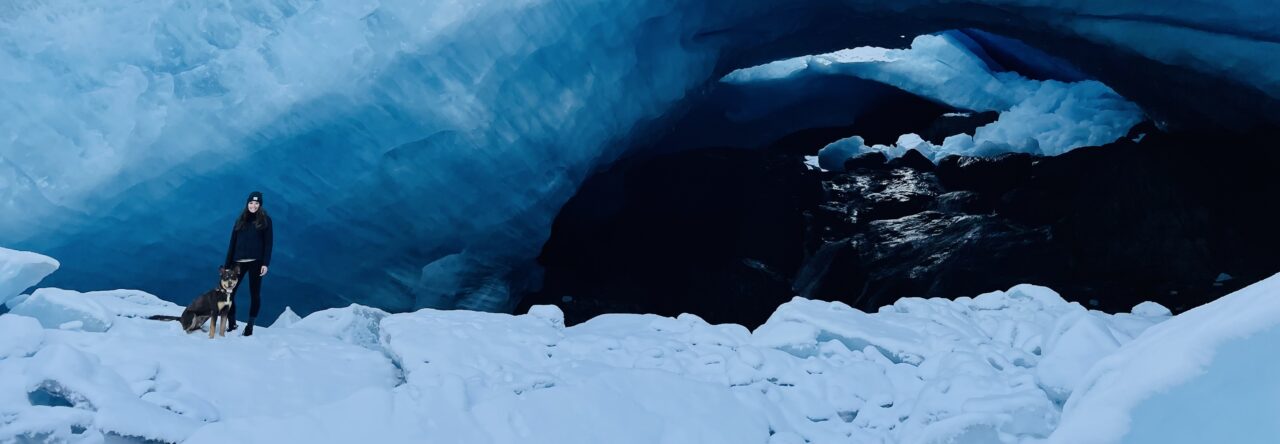Reflection 1
Before taking Education 336, I had never heard of Shelley Moore before, and wow, do I feel like I have hit the jackpot of knowledge in inclusive education. There are too many important takeaways from the first four chapters that it seems difficult to pinpoint one to elaborate on. Still, there is one quote that has really stuck with me, and I have brought it up in conversation with people in my life and had some excellent discussions surrounding it. In Shelley Moore’s book “One Without the Other,” she states that “part of public education is exposing kids to age appropriate and interesting things” and then gives an example of a woman who developed a passion for dairy farming because she had been exposed to dairy cows as a child which piqued her interest. This particular quote got me thinking. I had never considered that a part of my role as a teacher would include creating opportunities for exposure to new things for my students. It seems obvious, but I hadn’t thought deeply about what that would look like and the why behind it.
Then I thought about my practicum class and the nature walk that I took them on to teach them local plant identification. We walked along Howe Creek Trail, a very popular, beautiful trail many Terrace people frequent. However, many students shared that they had never been there before. They didn’t even know it existed, just a short ten-minute walk from their school. I taught the students the names of different plants and berries, and they were excited to point out every single one they saw throughout the rest of the walk. I was so pleased to see how happy they were to explore the land around them and recite the new information they had learned. I remember one little boy sharing that he couldn’t wait to point out wild roses and thimbleberries to his dad the next time he saw them. I loved seeing the pride he felt in being able to share what he had learned with his family.
A part of me was sad, though, that these eight-year-old children, many of who have lived in Terrace their entire lives, had never been somewhere so central to Terrace. The fact that this surprised me made me check my privilege. This experience, tied with Shelley Moore’s advice, has me excited to create new experiences for my future students.
The second piece of information that resonated with me is from Shelley Moore’s YouTube video “The End of Average.” In this short video, she mentions the importance of looking at the range of students and designing a curriculum that is adjustable. This type of curriculum would allow all students to be successful instead of having all students attempt to be successful in a standardized curriculum. Moore poses two important questions. Firstly, “How do we teach students to make the adjustments they need to be successful?” To me, this could look like differentiating lessons, providing different quiet areas for students to work in, noise cancelling headphones and providing students with coping strategies when they are feeling overwhelmed, to name a few. Secondly, she asks, “How do we make a curriculum that is responsive to our group of learners?” I believe these questions will lead educators on a step in the right direction. Shelley Moore’s analogy of pilots all trying to fit into a plane that was designed based on the average of 4000 pilots’ measurements conveyed the message that trying to make students fit in and succeed within a standardized curriculum sets them up for failure.
I really valued the resource video, “Indigeneity and Disability in Our Schools,” developed by Inclusion BC. A quote within the video recommended that educators “connect with the local Indigenous community and create discussion about important key beliefs that they want to be incorporated into the school system that will support the Indigenous children in that territory.” This idea is key to me because I work in a school with a large Indigenous population of students, and I value incorporating their culture into the school. I want to foster connection and community within my classroom, and I know I have so much to learn from the local Indigenous people within my community. Watching this video validated my beliefs about how important it is to support Indigenous culture within my classroom and encouraged me to humbly reach out for support in this endeavour.
